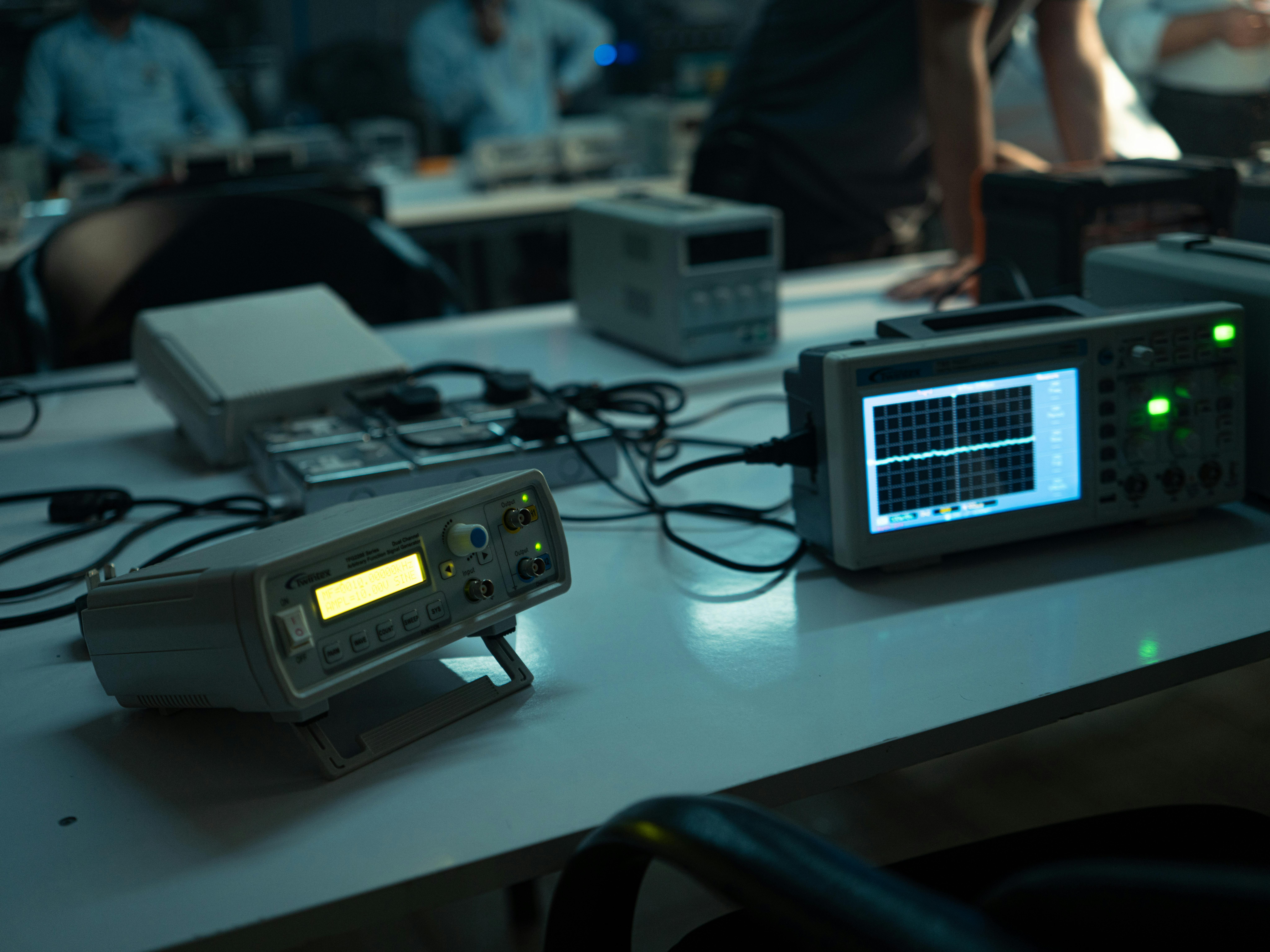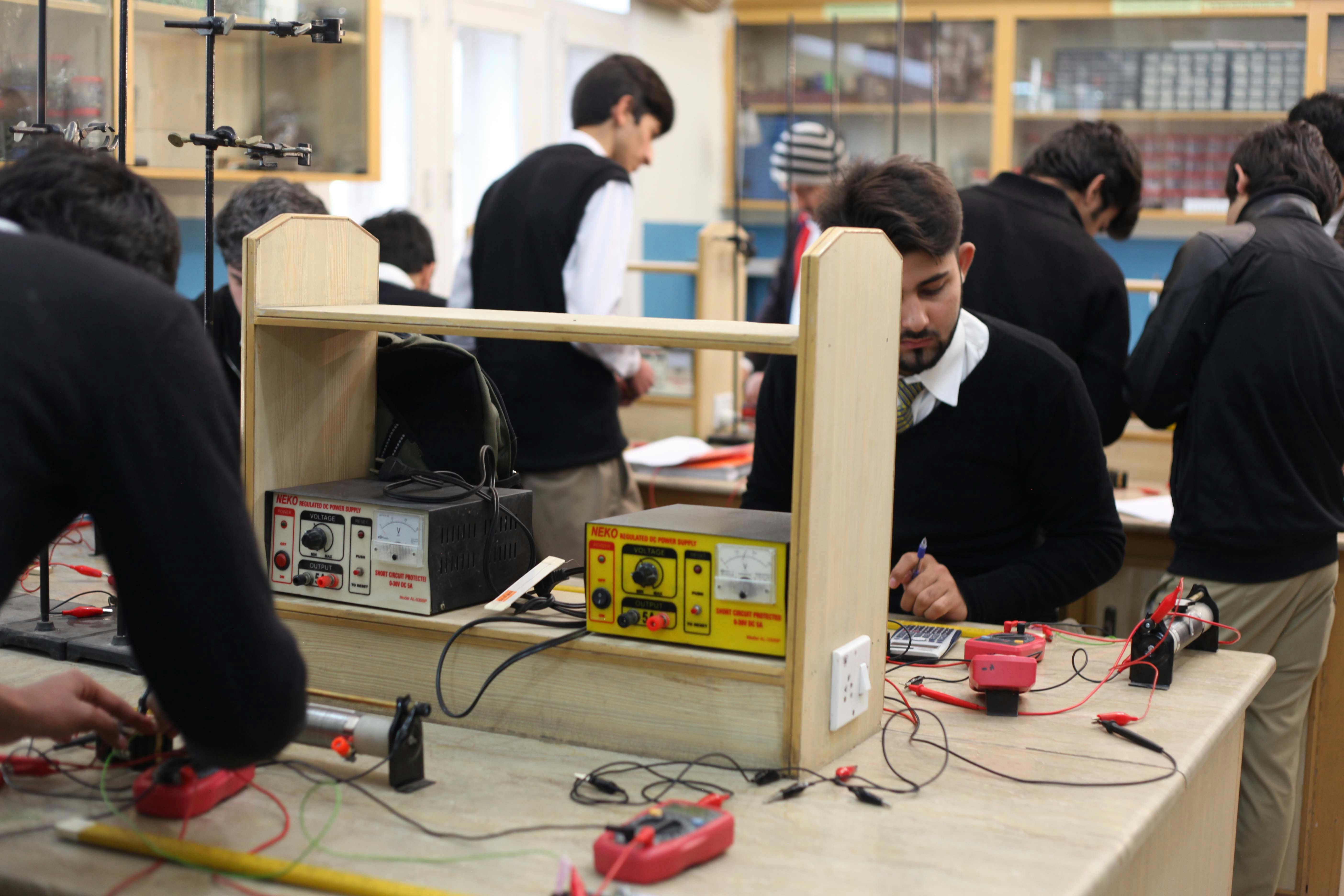Nondestructive Testing Explained: Methods, Benefits & Future
Modern industries face a critical challenge: ensuring equipment safety and reliability without costly downtime. Nondestructive testing (NDT) provides the ultimate solution, allowing inspections that reveal defects without damaging the material. From aviation to oil and gas, NDT ensures structures remain safe, efficient, and durable. In this article, you’ll explore the fundamentals, implementation strategies, advanced applications, and future trends of NDT—and see why it’s indispensable in today’s industrial landscape.

Understanding the Fundamentals
Nondestructive testing refers to a collection of techniques used to evaluate materials, components, or systems without altering their integrity. Unlike destructive tests, where a sample is broken or stressed until failure, NDT keeps the tested item fully operational. This advantage makes NDT particularly valuable in industries where downtime is expensive and safety is paramount.
Historically, NDT began gaining traction during World War II, when the demand for reliable aircraft and weapons skyrocketed. Today, it has evolved into a cornerstone of industrial quality assurance, supported by advanced technologies like artificial intelligence and robotics.
1.1 Core Principles of Nondestructive Testing
The core principle of NDT lies in defect detection without disruption. Using physical properties such as sound waves, magnetic fields, or radiation, technicians can identify flaws beneath surfaces. According to the American Society for Nondestructive Testing (ASNT), the global market for NDT is projected to surpass $30 billion by 2030, reflecting its growing importance.
Real-world example: In aviation, ultrasonic NDT is used to detect microscopic cracks in turbine blades. These cracks, if unnoticed, could lead to catastrophic engine failure. NDT prevents this risk, ensuring passenger safety.
1.2 Why Fundamentals Matter
Understanding the basics ensures organizations apply the right method for the right situation. For example, magnetic particle testing is effective for ferrous materials but useless for plastics. By aligning technique with material, businesses achieve accurate results and avoid costly missteps.
Case study: A construction company saved over $500,000 in potential rework costs by applying radiographic testing to steel welds before structural assembly. Early detection avoided dangerous weak points in the framework.
Practical Implementation Guide
Knowing what NDT is means little without understanding how to apply it effectively. Successful implementation requires planning, trained personnel, and the right tools. Below is a step-by-step guide to putting NDT into action in industrial settings.

2.1 Actionable Steps
- Assessment of Needs: Define the material, environment, and type of defects to monitor.
- Technique Selection: Choose between ultrasonic, magnetic particle, liquid penetrant, radiographic, or eddy current testing.
- Training & Certification: Ensure technicians are certified under ISO 9712 or ASNT standards.
- Execution: Apply the selected method systematically, documenting results.
- Review & Maintenance: Use findings for preventive maintenance and schedule periodic re-inspections.
2.2 Overcoming Challenges
Implementing NDT can face several challenges:
- Cost of equipment: Advanced machines can be expensive, but shared services reduce financial pressure.
- Skill shortages: Trained inspectors are in demand, making workforce development essential.
- Environmental limitations: High temperatures or confined spaces may restrict certain techniques.
Expert tip: Dr. Angela Morris, a materials engineer, notes, “Investing in portable and automated NDT solutions pays off quickly in industries where downtime costs millions daily.”
Advanced Applications
As industries demand more precision, NDT applications have moved beyond traditional inspection. Modern advances now allow predictive maintenance, real-time monitoring, and integration with smart manufacturing systems.

3.1 Predictive Maintenance through NDT
By combining sensors with ultrasonic or eddy current methods, predictive maintenance systems can forecast when equipment will fail. For example, wind turbine operators use NDT sensors to detect fatigue in blades, reducing catastrophic breakdowns and saving millions annually.
Case study: A European rail company used automated ultrasonic inspection on tracks. This reduced derailment risks by 60% while lowering annual maintenance costs by 25%.
3.2 Integration with Industry 4.0
NDT is no longer a stand-alone process. Today, it integrates with digital twins, IoT, and AI-powered analytics. This creates continuous feedback loops that inform real-time decision-making. For instance, AI can instantly analyze radiographic test images to highlight anomalies invisible to the human eye.
Future Outlook
The future of NDT looks promising as industries embrace automation, robotics, and sustainability. Autonomous drones equipped with NDT tools are already inspecting pipelines and offshore rigs without human risk. Meanwhile, AI algorithms continue to improve detection accuracy while reducing false alarms.
Industry projections suggest that by 2028, at least 50% of inspections in oil and gas will involve robotic NDT. Companies that invest early in these innovations will gain a competitive advantage by minimizing downtime and increasing asset reliability.
Comparison Table of NDT Methods
| Method | Best For | Advantages | Limitations |
|---|---|---|---|
| Ultrasonic Testing | Cracks, thickness measurement | Deep penetration, precise | Needs skilled operators |
| Radiographic Testing | Welds, casting defects | Permanent record, high sensitivity | Radiation safety concerns |
| Magnetic Particle Testing | Surface cracks in ferrous metals | Quick, cost-effective | Limited to magnetic materials |
| Liquid Penetrant Testing | Surface-breaking flaws | Low cost, simple | Only surface defects detected |
| Eddy Current Testing | Conductive materials | Fast, immediate results | Shallow depth only |
Conclusion
Nondestructive testing is more than a technical procedure—it’s a safeguard for human life, business continuity, and environmental responsibility. By applying the right techniques, industries reduce risks, save costs, and enhance operational performance. The future will bring even smarter, automated methods, but the foundation remains the same: detecting flaws before they cause failure.
Companies that embrace NDT gain more than safety—they gain trust, efficiency, and long-term savings. Whether you manage pipelines, aircraft, or infrastructure, now is the time to adopt and upgrade your NDT strategy.
Frequently Asked Questions
- Q: What is nondestructive testing? It’s a set of methods to inspect materials for defects without damaging them.
- Q: How do I get started with NDT? Begin by identifying inspection needs, then hire certified inspectors or train staff.
- Q: How long does an NDT inspection take? Depending on complexity, it can take from a few minutes to several hours.
- Q: What is the cost of NDT? Costs vary by method, but liquid penetrant is cheapest while radiography is costlier.
- Q: How does NDT compare to destructive testing? NDT preserves the item, while destructive testing sacrifices samples for data.
- Q: Is NDT difficult to learn? With proper training, technicians can master it within months.
- Q: Which industries benefit most? Aviation, construction, oil & gas, automotive, and power generation all rely heavily on NDT.
Related industry practices often complement NDT. For instance, proper infrastructure longevity also depends on effective french drain installation to prevent structural water damage. Similarly, protecting industrial equipment often involves window tinting services for UV protection in sensitive environments.